Agroforestry and Reforestation: Boosting Ecosystems for a Greener Future
- September 18, 2024
- 0 comment
In our efforts to create a more sustainable planet, agroforestry and reforestation stand out as powerful tools for revitalizing ecosystems and enhancing environmental health. Agroforestry integrates trees and shrubs into agricultural landscapes, creating symbiotic relationships that boost productivity and biodiversity. Meanwhile, reforestation focuses on restoring tree cover to degraded lands, improving carbon sequestration and wildlife habitats. Together, these practices not only address pressing ecological challenges but also pave the way for a greener, more resilient future.
What is Agroforestry?
Agroforestry is a land management practice that integrates trees and shrubs into traditional agricultural systems, blending them with crops and livestock. This approach goes beyond conventional farming by creating a diverse and productive landscape where trees provide multiple benefits. Trees in agroforestry systems can improve soil health by enhancing nutrient cycling and reducing erosion, while also offering shade and shelter for crops and animals, which can lead to increased overall productivity.

Additionally, agroforestry supports biodiversity by creating habitats for various wildlife species and promoting ecological balance. It contributes to climate resilience through carbon sequestration, capturing and storing carbon dioxide from the atmosphere. By incorporating trees into farming practices, agroforestry not only enhances agricultural sustainability but also addresses environmental concerns, making it a valuable strategy for both farmers and the planet.
Benefits of Agroforestry
Enhancing Biodiversity and Habitat
Agroforestry promotes a diverse range of plant and animal species by integrating trees and shrubs into agricultural landscapes. This diversity creates a variety of habitats and microclimates, supporting a wide range of wildlife.
For example, tree canopies provide shelter and nesting sites for birds and insects, while root systems improve soil structure and water retention. The increased biodiversity can also help control pests and diseases, leading to more resilient ecosystems and reduced reliance on chemical inputs.
Improving Soil Health and Fertility
The presence of trees and shrubs in agroforestry systems contributes significantly to soil health. Tree roots help to stabilize the soil, reduce erosion, and enhance soil structure. Additionally, trees contribute organic matter through leaf litter and root decay, which enriches the soil with essential nutrients.
Some agroforestry practices, such as nitrogen-fixing trees, can also improve soil fertility by adding vital nutrients back into the soil, which benefits subsequent crops and reduces the need for synthetic fertilizers.
Increasing Crop Yields and Resilience
Agroforestry can lead to higher crop yields and greater resilience to environmental stresses. Trees and shrubs provide shade and windbreaks that protect crops from extreme temperatures and weather events. This protection can reduce water loss and minimize damage from wind and storms.
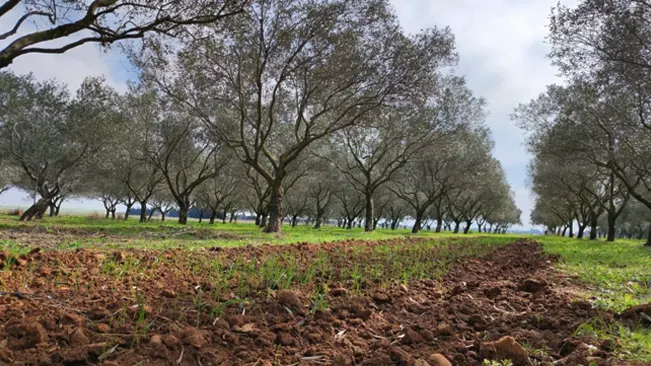
Moreover, the improved soil health resulting from agroforestry practices can enhance water and nutrient availability, leading to better crop growth and higher yields. The diversification of crops and the presence of natural pest control mechanisms further contribute to increased resilience and productivity.
Economic Benefits for Farmers
Farmers can experience several economic advantages through agroforestry. The integration of trees into agricultural systems can create additional income streams from timber, fruit, nuts, and other tree products. These products can be sold alongside traditional crops, providing financial stability and reducing economic risk.

Agroforestry systems can also improve the overall productivity of the land, leading to higher returns on investment. Furthermore, by reducing the need for synthetic inputs and enhancing ecosystem services, farmers can lower their operational costs and increase their profitability.
What is Reforestation?
Reforestation is the process of replanting trees in areas where forests have been cut down or degraded. This practice aims to restore the ecological balance of these areas by rebuilding forest ecosystems that have been lost due to logging, agriculture, or natural disasters. Reforestation not only helps to rejuvenate the land but also plays a crucial role in mitigating climate change by increasing the amount of carbon dioxide absorbed from the atmosphere. By reestablishing tree cover, reforestation supports the recovery of biodiversity and the natural habitats that many species depend on.
Unlike afforestation, which involves planting trees in areas that were not previously forested, reforestation focuses on areas that have been deforested or significantly impacted. This targeted approach helps to restore ecosystem services such as water filtration, soil stabilization, and habitat provision. Successful reforestation efforts require careful planning and management to ensure that the right tree species are chosen and that the trees are planted in suitable conditions. This can involve monitoring and maintenance to ensure the long-term health and sustainability of the restored forests.
Benefits of Reforestation
Restoring Degraded Lands and Ecosystems
Reforestation plays a crucial role in rehabilitating degraded lands and ecosystems. By replanting trees, it helps restore the natural structure and function of ecosystems that have been damaged by deforestation, mining, or other human activities.
This process revitalizes soil health, reinstates natural hydrological cycles, and reestablishes ecological balance. Over time, reforested areas can regain their ability to support a diverse range of plant and animal species, transforming barren or degraded lands into thriving, productive landscapes.
Enhancing Carbon Sequestration and Climate Regulation
One of the most significant benefits of reforestation is its contribution to climate regulation through enhanced carbon sequestration. Trees absorb carbon dioxide from the atmosphere during photosynthesis and store it in their biomass, effectively reducing greenhouse gas levels.
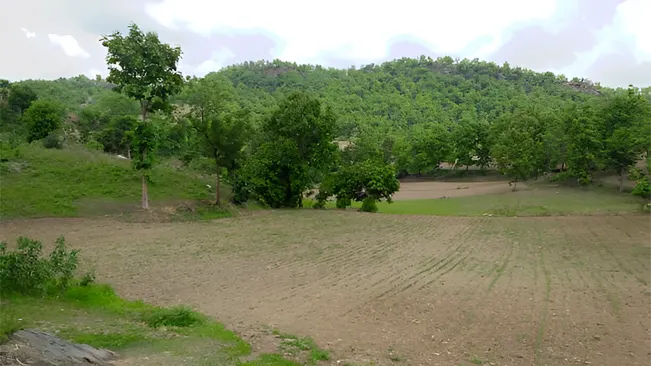
This process helps mitigate the impacts of climate change by offsetting carbon emissions and lowering atmospheric CO2 concentrations. By increasing the global tree cover, reforestation efforts contribute to stabilizing climate patterns and reducing the overall greenhouse effect.
Supporting Wildlife Habitat and Biodiversity
Reforestation supports the restoration of critical wildlife habitats and promotes biodiversity. As trees and vegetation grow, they create diverse habitats that provide food, shelter, and breeding grounds for a wide array of species.
This is particularly important for species that rely on specific forest environments for survival. By increasing the variety and connectivity of habitats, reforestation helps protect endangered species, supports ecological interactions, and strengthens the resilience of ecosystems to environmental changes.
Improving Water Quality and Reducing Erosion
Reforestation contributes significantly to improved water quality and soil conservation. Tree roots stabilize the soil, preventing erosion caused by wind and water. This stabilization reduces sediment runoff into rivers and streams, which helps maintain clean and clear water sources.
Additionally, the presence of trees helps to filter pollutants and regulate water flow, reducing the risk of flooding and maintaining the overall health of aquatic ecosystems. The enhanced water retention capacity of reforested areas also supports groundwater recharge and ensures a more reliable water supply for surrounding communities.
Synergies Between Agroforestry and Reforestation
Integrating agroforestry with reforestation enhances both practices by creating a gradual transition from degraded lands to restored forests. Agroforestry introduces trees and shrubs into agricultural areas, improving soil quality, reducing erosion, and boosting biodiversity. This approach creates better conditions for reforestation by facilitating tree establishment and ecosystem recovery in phases.
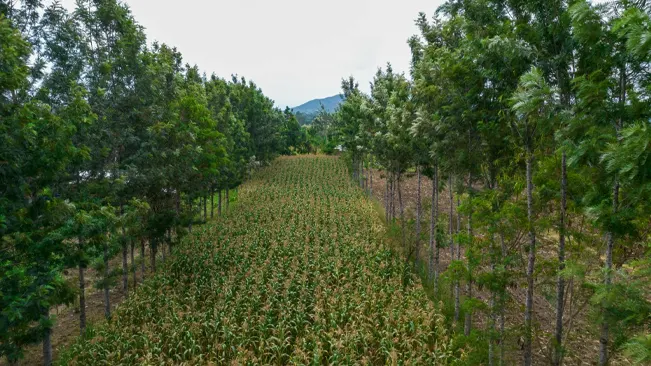
Case studies illustrate the benefits of this integration. In the Amazon Basin, shade-tolerant crops planted under young trees support reforestation while providing local economic benefits. In Kenya, agroforestry around fields has improved soil fertility and crop yields, aiding large-scale reforestation efforts. Best practices for combining these approaches include choosing suitable tree species, using native vegetation, and managing land to balance agricultural and ecological goals, ultimately restoring ecosystems and supporting sustainable livelihoods.
Challenges and Solutions
Implementing Agroforestry and Reforestation
Implementing agroforestry and reforestation projects can face several challenges. One major challenge is the competition between trees and crops for resources such as light, water, and nutrients. This can lead to reduced crop yields and hinder the growth of newly planted trees.
Additionally, there can be socio-economic barriers, such as lack of funding, insufficient technical knowledge, and resistance from local communities who may be unfamiliar with the benefits of these practices. Environmental factors, such as poor soil quality and adverse climate conditions, can also pose significant obstacles to successful implementation.
Strategies for Overcoming These Challenges
To address these challenges, several strategies can be employed. For resource competition, careful planning and design of agroforestry systems can optimize the spatial arrangement of trees and crops to minimize competition. Agroforestry practices such as intercropping and agroforestry systems with complementary species can enhance resource use efficiency.
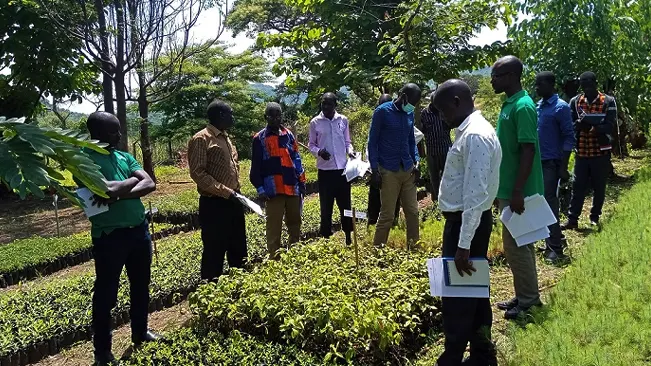
Securing funding and technical support through partnerships with governmental and non-governmental organizations can help overcome socio-economic barriers. Education and training programs for local communities can increase awareness and acceptance of agroforestry and reforestation benefits. To tackle environmental challenges, selecting resilient tree species and improving soil management practices can improve survival and growth rates.
Innovative Solutions and Technologies
Innovative solutions and technologies have been developed to support agroforestry and reforestation efforts. For example, precision agriculture technologies, including drones and satellite imagery, are used to monitor tree growth, assess soil conditions, and manage land more effectively. Soil improvement techniques, such as biochar application and green manures, enhance soil fertility and support successful tree planting.
In some regions, agroforestry systems have been combined with conservation agriculture practices, such as no-till farming and cover cropping, to further improve soil health and productivity. These approaches demonstrate how technological advancements and innovative practices can address common challenges and enhance the success of agroforestry and reforestation projects.
Conclusion
Agroforestry and reforestation are transformative practices that offer significant benefits for both the environment and communities. By integrating trees into agricultural systems, agroforestry enhances biodiversity, improves soil health, and boosts crop resilience, creating a more sustainable and productive land use. Meanwhile, reforestation restores degraded landscapes, increases carbon sequestration, and supports vital wildlife habitats. Together, these approaches address pressing ecological challenges and pave the way for a greener future. Embracing and advancing these practices can lead to healthier ecosystems, greater biodiversity, and a more resilient planet for future generations.
FAQs
- What is agroforestry?
Agroforestry is a land-use management system that integrates trees and shrubs into agricultural landscapes. It combines the benefits of both forestry and agriculture by creating a symbiotic relationship between trees and crops or livestock. This approach enhances biodiversity, improves soil health, and increases farm productivity. - What is reforestation?
Reforestation is the process of planting trees in areas where forests have been degraded or deforested. The goal is to restore the ecological functions of the forest, including habitat for wildlife, carbon sequestration, and soil stabilization. Reforestation helps to revive ecosystems and combat climate change. - How do agroforestry and reforestation work together?
Agroforestry can support reforestation efforts by providing a gradual transition from degraded lands to fully restored forests. Trees planted in agroforestry systems can improve soil conditions and increase biodiversity, making it easier to establish native forest species during reforestation. This integration can enhance both agricultural productivity and ecological restoration. - What are the main benefits of agroforestry?
Agroforestry offers multiple benefits, including enhanced biodiversity, improved soil health and fertility, increased crop yields and resilience, and economic benefits for farmers. By integrating trees into farming systems, agroforestry helps create more sustainable and productive landscapes. - What are the main benefits of reforestation?
Reforestation provides numerous benefits, such as restoring degraded lands, enhancing carbon sequestration, supporting wildlife habitats, and improving water quality by reducing erosion. These benefits contribute to ecological restoration and climate change mitigation. - What challenges are commonly faced in agroforestry and reforestation projects?
Common challenges include competition for resources between trees and crops, socio-economic barriers such as lack of funding or technical knowledge, and environmental factors like poor soil quality or adverse climate conditions. Addressing these challenges requires careful planning, community engagement, and effective management strategies. - How can these challenges be overcome?
Challenges can be addressed by optimizing the design of agroforestry systems to reduce resource competition, securing funding and technical support through partnerships, and using resilient tree species and soil improvement practices. Educating and training local communities can also help overcome socio-economic barriers. - Are there any innovative solutions or technologies that support these practices?
Yes, innovative solutions such as precision agriculture technologies (drones and satellite imagery), soil improvement techniques (biochar and green manures), and conservation agriculture practices (no-till farming and cover cropping) support agroforestry and reforestation. These technologies and practices enhance land management and increase the success of these projects. - How can I get involved in agroforestry and reforestation efforts?
You can get involved by supporting local or global reforestation and agroforestry initiatives, participating in community planting events, and advocating for policies that promote sustainable land use. Additionally, you can educate yourself and others about the benefits and practices of agroforestry and reforestation.

Joel Cunningham
Forestry AuthorI'm Joel Cunningham, an expert in pruning and weed management with over a decade of experience. My skills are rooted in formal training and extensive practice, focusing on advanced pruning techniques and efficient weed control. I'm known for my quality work, precision, and deep understanding of plant health and soil dynamics. My contributions extend to educational initiatives where I share sustainable practices and advice, establishing myself as a reliable and authoritative figure in the gardening community.


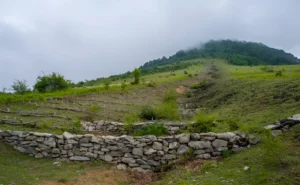


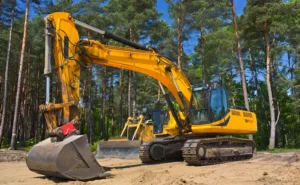

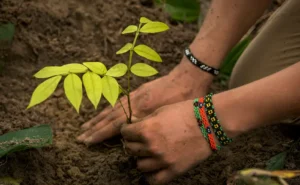


Leave your comment